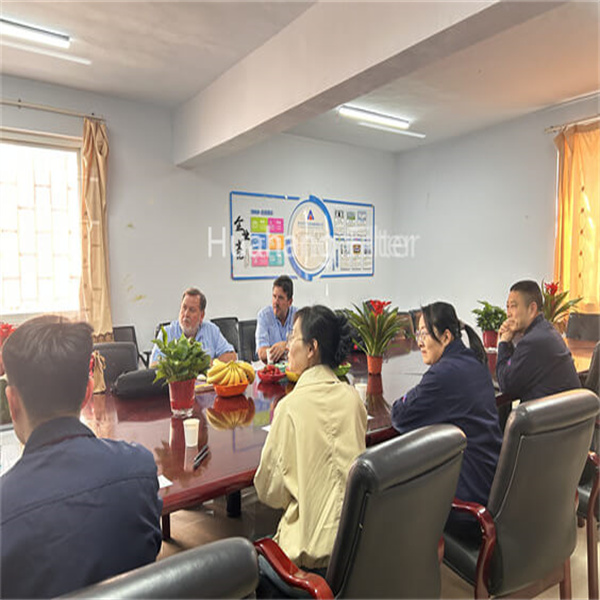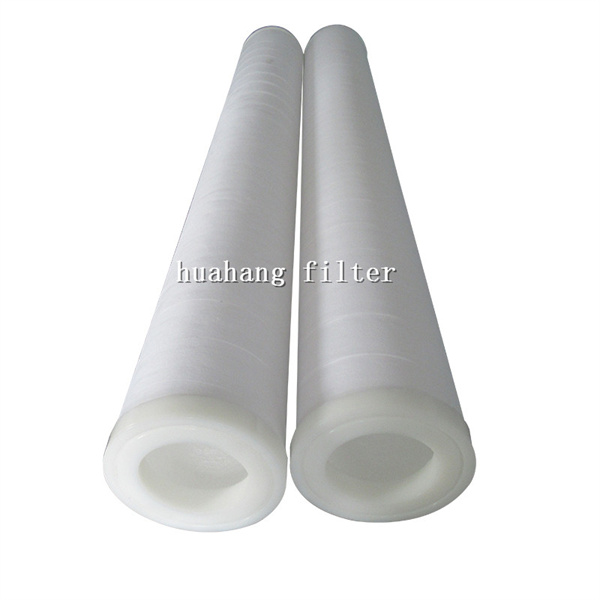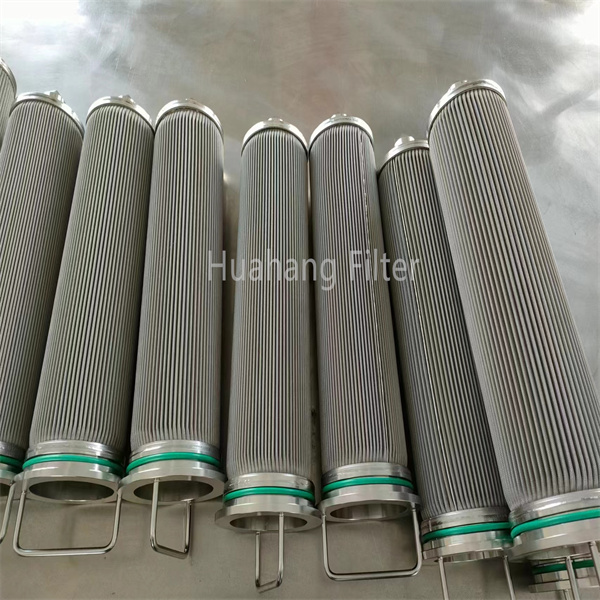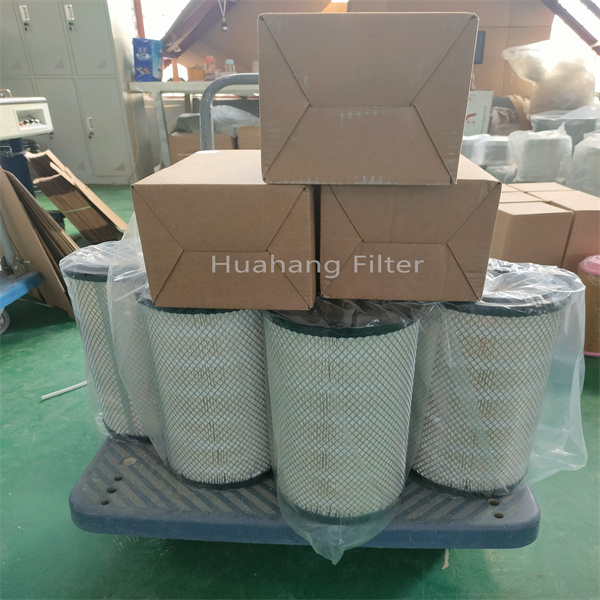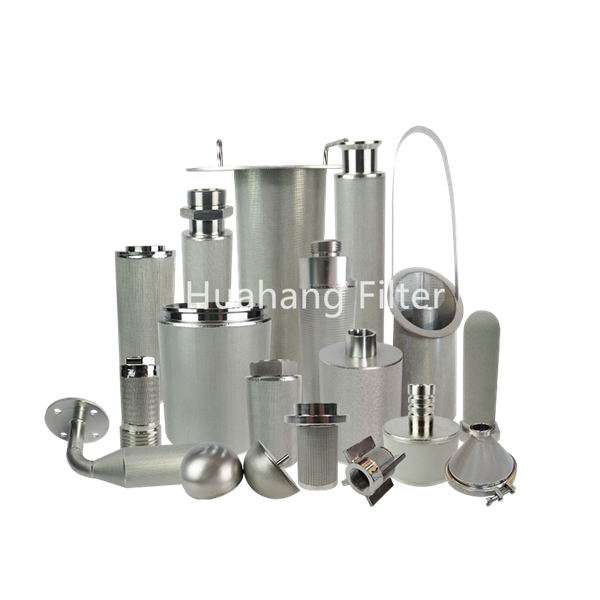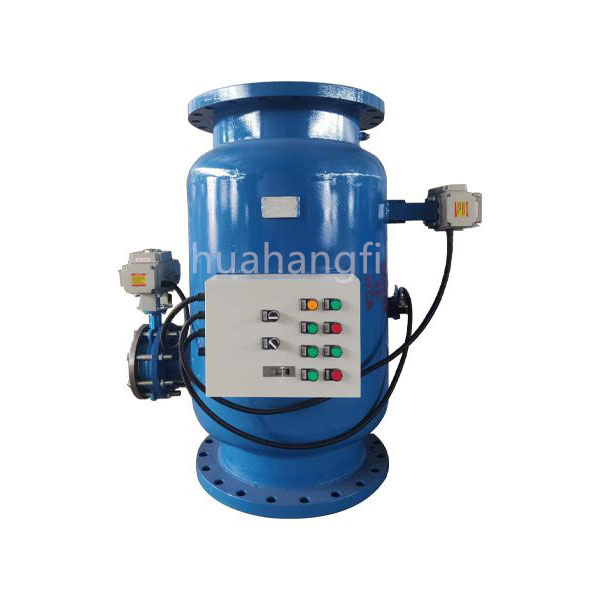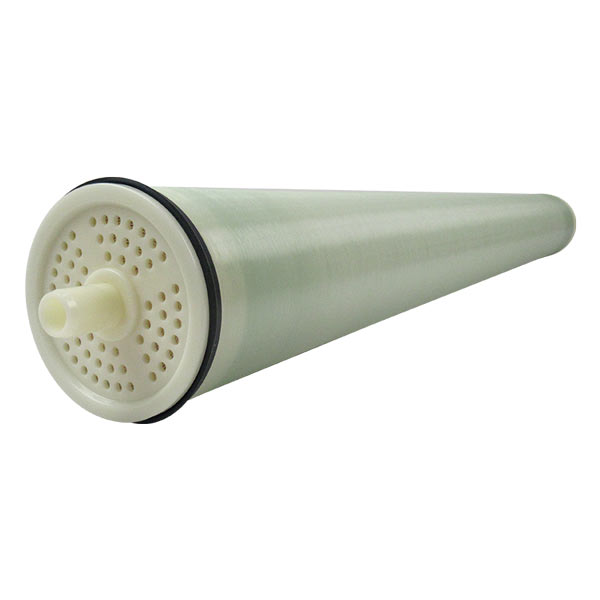How Do Coalescing Separator Elements Work
Coalescing separator elements are a key component in separating gas and liquids in processing systems. The basic principle behind coalescing separator elements is that they remove small liquid droplets from a gas stream by causing these droplets to coalesce, or merge together, so that they can be easily separated from the gas.
The coalescing separator element is made up of a series of layers of materials, each with its own specific function. The first layer typically consists of a coarse filter media that captures larger droplets as they pass through. The second layer is a fine filter media that captures smaller droplets and aids in the coalescence process. The final layer is typically made up of a coalescing material that allows the small droplets to merge together, forming larger droplets that can be separated from the gas stream.
As the gas stream passes through the coalescing separator element, the liquid droplets come into contact with the coalescing material. This material is typically made up of a hydrophobic (water-repelling) surface that causes the liquid droplets to merge together into larger droplets. As these droplets grow larger, they become heavy enough to fall to the bottom of the separator vessel and can be drained off as a liquid phase.
Coalescing separator elements are commonly used in a variety of industries, including oil and gas, chemical processing, and power generation. They are an effective way to remove liquids from gas streams, which can help to improve the efficiency and reliability of processing systems. By trapping liquid droplets and preventing them from entering downstream components, coalescing separator elements can also help to prolong the life of equipment and reduce maintenance costs.
Overall, coalescing separator elements are an essential part of many processing systems, and are highly effective at removing liquid droplets from gas streams. With their ability to improve system efficiency and reliability, they are a key component in many industries and applications.
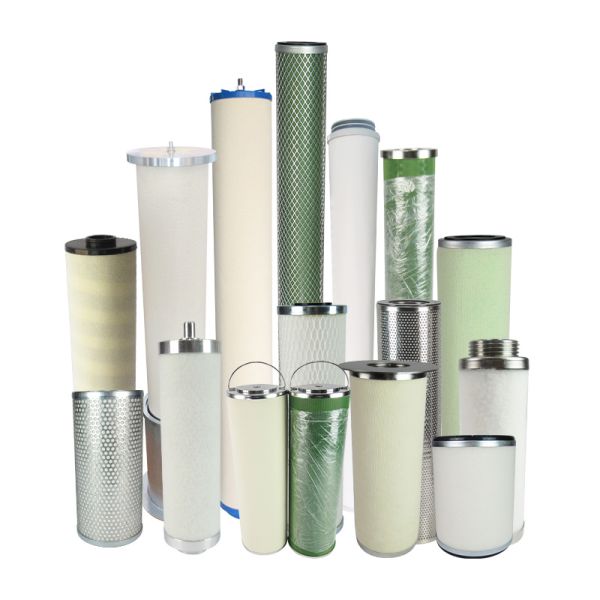






 Shay
Shay


